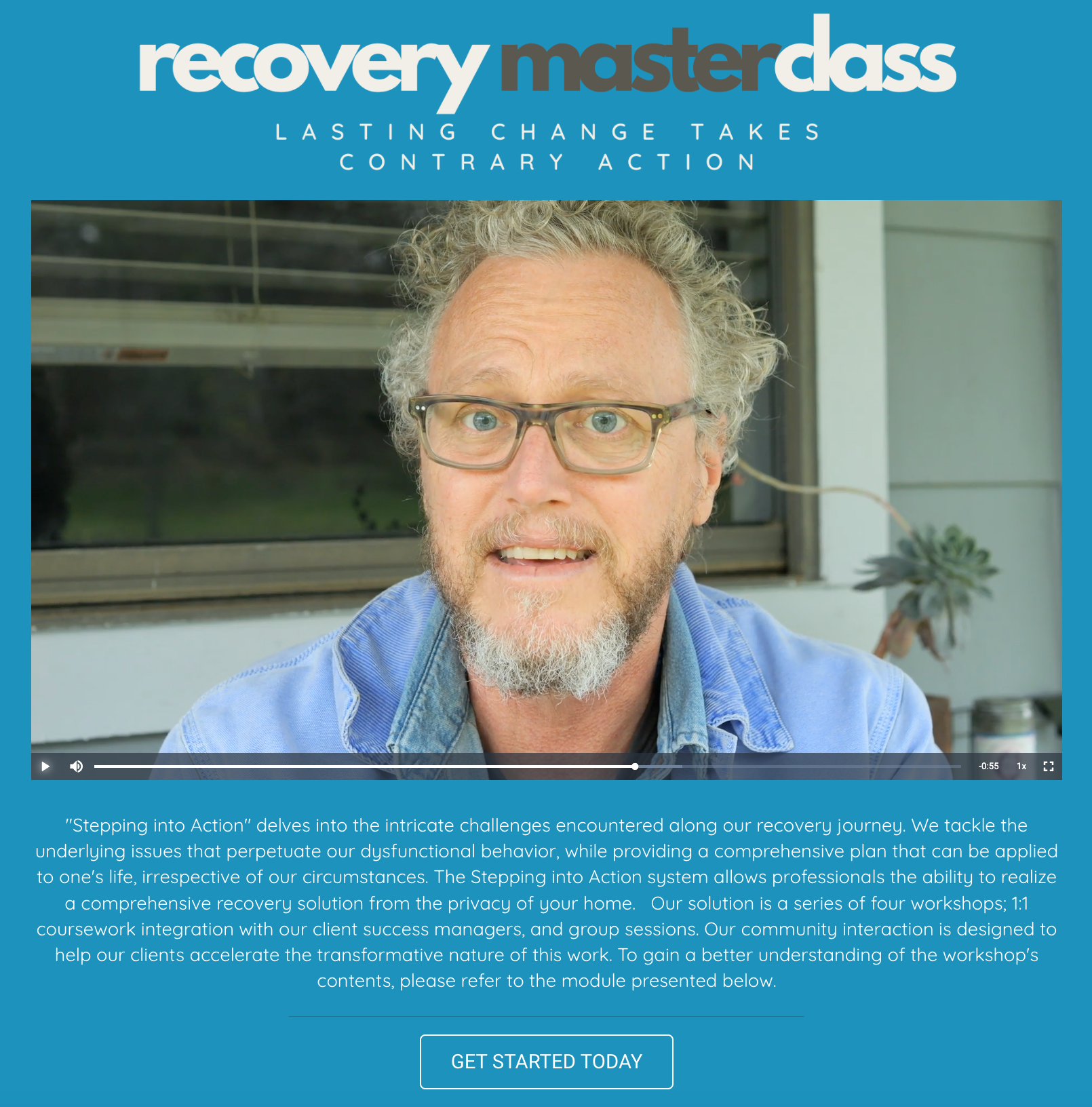Protecting children from the impacts of domestic violence and alcoholism is a critical concern, as both can have profound and long-lasting effects on their
emotional, psychological, and physical well-being. Here are key strategies and steps that can be taken to safeguard children in these environments: - **Early
Identification and Intervention**: Recognizing signs of abuse and alcoholism early can prevent further harm. Teachers, neighbors, family members, and healthcare
providers play a crucial role in identifying children at risk and can help by reporting signs of abuse to authorities or social services.
- **Education and
Awareness**: Educating parents and caregivers about the effects of domestic violence and alcoholism on children and promoting awareness through community
programs can help reduce these issues. Education can empower victims to seek help and can inform community members about ways to assist affected families. 3.
Support Systems: Establish strong support systems for children and the non-abusing parent. This includes access to counseling and psychological support to
address emotional and behavioral issues resulting from exposure to domestic violence and alcoholism.
- Legal Protection: Legal interventions such as
restraining orders can protect children and the non-abusing parent from an abusive partner. Ensure that any court decisions prioritize child safety in custody
arrangements.
- Safe Environments: Creating safe environments for children, either by removing the offender from the home or by relocating the children
and the non-abusing parent to a safe place, is crucial. Shelters and crisis centers often provide temporary housing options for affected families. 6.
Therapeutic Services: Providing professional counseling for children and families affected by domestic violence and alcoholism can aid in their recovery.
Therapy helps address trauma, develop coping strategies, and reinforce positive behaviors and emotional responses.
- Substance Abuse Treatment:
Encouraging and supporting treatment for the alcoholic parent can lead to improved family dynamics. This includes detoxification, rehabilitation programs, and
ongoing support groups like Alcoholics Anonymous (AA).
- Education for Children: Programs that teach children about healthy relationships, self-esteem,
and coping strategies can be instrumental. Schools and community centers often offer programs that help children understand and deal with emotions
constructively.
- Community Collaboration: Collaboration between various agencies such as law enforcement, child protective services, family courts,
schools, and healthcare providers ensures a coordinated and effective approach to protecting children and supporting affected families.
- **Long-term
Monitoring and Support**: Continuous monitoring and long-term support can help ensure that children thrive after the immediate crisis is addressed. Regular
follow-ups by social services can ensure that the family receives ongoing assistance and that children are progressing well in their environments. Utilizing
these strategies requires a comprehensive approach involving community awareness, coordinated legal and social interventions, and continuous support for
affected families. By addressing both the immediate safety and the long-term healing and resilience of children, society can mitigate the negative impacts of
domestic violence and alcoholism on younger generations.

